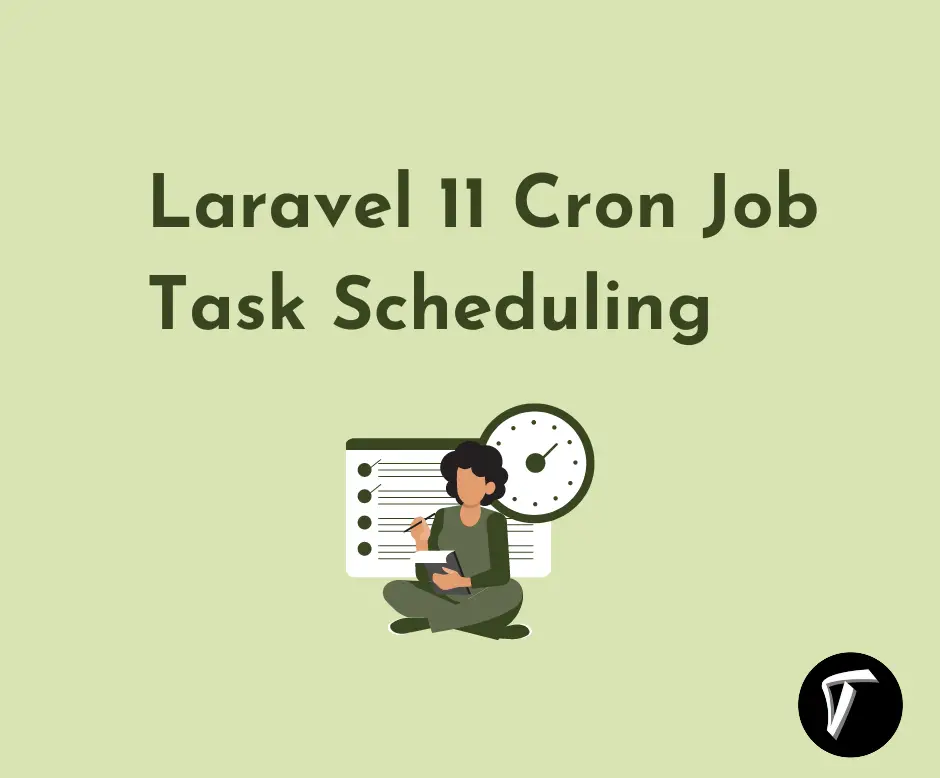How To Create Livewire Pagination In Laravel 10
In this article, I'll guide you through the process of setting up Livewire pagination in Laravel 10, step by step. Whether you're a seasoned Laravel developer or just starting out, this guide is designed to help you understand the ins and outs of Livewire pagination and equip you with the knowledge to implement it effectively in your projects.
We'll explore the key concepts of Livewire and how it integrates seamlessly with Laravel, providing a real-time and interactive experience for pagination.
By utilizing Livewire's powerful features, we can build dynamic and responsive paginated views without the need to refresh the entire page.
Throughout this article, I'll walk you through the process of setting up Livewire, creating a paginated component, and handling the pagination logic in Laravel 10.
We'll cover important aspects such as rendering the paginated data, handling user interactions, and updating the UI dynamically.
So, whether you're building a blog, an e-commerce platform, or any application that requires pagination, Livewire will be your go-to tool.
By the end of this guide, you'll be equipped with the knowledge and skills to implement Livewire pagination seamlessly and enhance the user experience of your Laravel 10 projects.
So, let's dive in and explore the world of Livewire pagination in Laravel 10 together.
Create a new Laravel project or use an existing one as the foundation for your application. You can create a new Laravel project by running the following command.
composer create-project laravel/laravel livewire-pagination-example
Open your terminal and navigate to your Laravel project directory. Then, run the following command to start Tinker.
php artisan tinker
App\Models\User::factory()->count(100)->create()
In your Laravel project directory, run the following command to install the Livewire package.
composer require livewire/livewire
Generate a Livewire component using the Artisan command.
php artisan make:livewire user-pagination
Open the app/Http/Livewire/user-pagination.php file and define the properties and methods needed for pagination. Here's an example.
<?php
namespace App\Http\Livewire;
use Livewire\Component;
use Livewire\WithPagination;
use App\Models\User;
class UserPagination extends Component
{
use WithPagination;
/**
* Write code on Method
*
* @return response()
*/
public function render()
{
return view('livewire.user-pagination', [
'users' => User::paginate(10),
]);
}
}
Note: The WithPagination trait provides the necessary functionality for pagination.
Create a Blade view for the Livewire component at resources/views/livewire/user-pagination.blade.php. Here's an example.
<div>
<table class="table-auto" style="width: 100%;">
<thead>
<tr>
<th class="px-4 py-2">ID</th>
<th class="px-4 py-2">Name</th>
<th class="px-4 py-2">Email</th>
</tr>
</thead>
<tbody>
@foreach ($users as $user)
<tr>
<td class="border px-4 py-2">{{ $user->id }}</td>
<td class="border px-4 py-2">{{ $user->name }}</td>
<td class="border px-4 py-2">{{ $user->email }}</td>
</tr>
@endforeach
</tbody>
</table>
{{ $users->links() }}
</div>
Open the route file (routes/web.php) or any view where you want to display the Livewire component.
Route::get('user-pagination', function () {
return view('pagination');
});
Create a Blade view file for your pagination component. By convention, Livewire will look for a Blade view with the same name as the Livewire component. In this case, create a file named datatable.blade.php in the resources/views directory.
Also, we will use @livewireStyles, @livewireScripts, and @livewire('user-pagination').
resources/views/pagination.blade.php
<!DOCTYPE html>
<html>
<head>
<title>How To Create Livewire Pagination In Laravel 10 - Techsolutionstuff</title>
@livewireStyles
<link rel="stylesheet" href="https://cdnjs.cloudflare.com/ajax/libs/tailwindcss/1.9.0/tailwind.min.css" integrity="sha512-wOgO+8E/LgrYRSPtvpNg8fY7vjzlqdsVZ34wYdGtpj/OyVdiw5ustbFnMuCb75X9YdHHsV5vY3eQq3wCE4s5+g==" crossorigin="anonymous" />
</head>
<body>
<div class="container">
<div class="card">
<div class="card-header">
How To Create Livewire Pagination In Laravel 10 - Techsolutionstuff
</div>
<div class="card-body">
@livewire('user-pagination')
</div>
</div>
</div>
</body>
@livewireScripts
</html>
Run your Laravel development server using the following command.
php artisan serve
In conclusion, we've explored the process of creating Livewire pagination in Laravel 10 and witnessed how this powerful combination can greatly enhance the user experience of your applications.
Livewire provides seamless integration with Laravel, allowing you to create dynamic, real-time paginated views without the need for page refreshes.
By following the step-by-step guide in this article, you've learned how to set up Livewire in Laravel, create a Livewire component for pagination, and display the component in your routes or views.
You might also like:
- Read Also: How to Create Laravel 10 Vue 3 Pagination with Vite
- Read Also: Next Previous Link Button Pagination Laravel
- Read Also: How To Create Dynamic Pie Chart In Laravel
- Read Also: How To Use Sweetalert2 In Laravel








